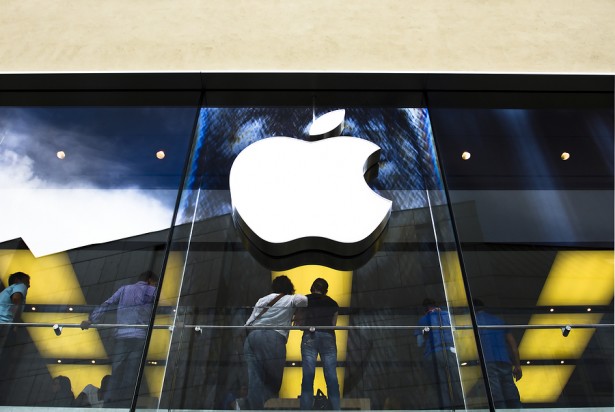Apple Inc. (NASDAQ:AAPL) is a company under pervasive observation by financial analysts all over the world. The iPhone making company reached a per share price of $119.35 by the time markets closed on Tuesday, helping the company reach a total market capitalization of approx. $700 billion; with this milestone Apple got the top spot at the most valuable companies list.
This excellence in performance by Apple has given space to a lot of speculation about Apple Inc.’s much achievable 1-trillion dollar mark, and the time the company will take to hit the said mark. Analysts are trying to find a pattern in Apple Inc.’s growth, by looking at its history and the timeline during which the company has grown.
Historically speaking, the company was valued at $100 billion in March 2007, $200 billion in March 2010, $300 billion in January 2011, $400 billion in January 2012, $500 billion in February 2012, $600 in August 2012, and now $700 billion as of Tuesday, 25th November 2014.

As is evident, no obvious pattern is observable from the timeline, which means the growth rate Apple Inc. is experiencing is not consistent. Then what is?
One factor which has remained consistent is Apple Inc.’s prudent outlook of the world. Apple began growth exponentially after the 2008 fiscal crisis, capitalizing on the vacuum created by companies eradicated due to hostile financial conditions of the global market.
However, the market now again seems saturated, and Apple Inc. needs revolutionary policies to achieve that 1 trillion mark analysts predict it will hit, sooner than later. Such a policy does exist, and Apple has termed it “the Capital Return Program”.
The Capital Return Program is the policy which Apple Inc. has employed to buy back its shares from shareholders at a specific price. In the past 2 years alone, Apple has bought back over $68 billion worth of shares from shareholders, and has given out approx. $24 billion as a bonus of dividends.
This effectively reduces Apple Inc.’s market capitalization in the market, as Apple Inc. is reducing the number of shares which are circulating. Some analysts argue this is done to drive up share prices, but share prices are not on Apple Inc.’s agenda. For the iPhone making company, what is important is its market position, which needs to be strong. This is why the Capital Return Program is highly important.
A short term loss is a long term gain in this case for Apple Inc. The per-share price is much higher today than it was when Apple Inc. bought back its shares. Effectively, over a short period of time, Apple has already increased its market capitalization by simply buying back shares, as now it can sell those shares at a much higher price, resulting in a much higher market value with the same number of shares.
This analysis becomes validated with a simple test: if Apple Inc. (NASDAQ:AAPL) sells off all the shares it bought from the market through the Capital Return Program, its market capitalization would become $774.4 billion, much higher than its current market capitalization. This is because share prices have gone up since the time apple bought back its shares, and Apple Inc. has taken out millions of shares out of the market. The Capital Return Program holds the power to propel the company forward, way beyond analysts predictions, hence no clear speculation can be made in this regard.



